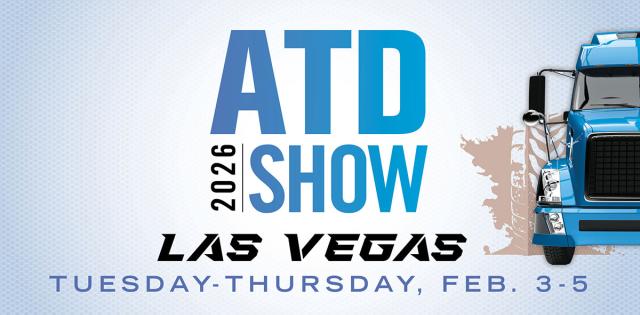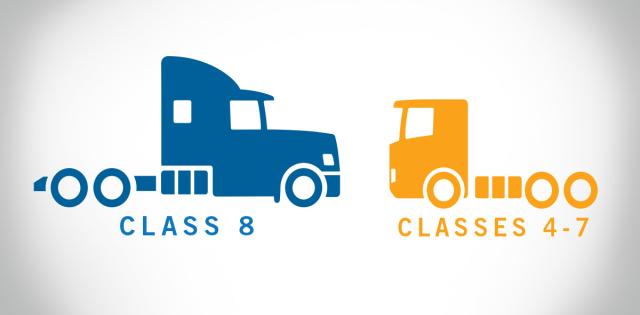Electric vehicles are here and America’s vast franchised dealer network is eager, excited and essential to the successful deployment of EVs to the mass retail market.
“As a Nevada auto dealer who has been in the business for 42 years, I can assure you that my colleagues and I are just as excited to sell electric vehicles as gas-powered cars — if not more so,” said Don Hamrick, President of Nevada Operations for Chapman Automotive Group and General Manager/Managing Partner of Chapman Las Vegas Dodge Chrysler Jeep Ram.
To show their commitment to the future, dealers all across the country are making big investments in EV-related facility upgrades, developing an EV-trained sales and service workforce, remodeling showrooms and increasing local marketing efforts – all to improve the purchasing experience and reduce barriers to EV ownership.
“Franchised dealers with EVs in their lineups have been making these same commitments and investments for years – and not reluctantly,” NADA President and CEO Mike Stanton wrote in a blog post. “They have done so because they don’t want to lose sales to other brands as more and better EVs – and more EV customers – come to the market.”
Getting Charged Up
One of the biggest obstacles to EV ownership is the lack of charging stations, according to Atlas Policy Group, a Washington D.C.-based research firm. An estimated 495,000 public and workplace charging stations need to be built to serve all of the EV passenger vehicles expected to be on the road by 2035.
President Joe Biden’s infrastructure proposal, The American Jobs Plan, includes more than $170 billion dollars for EV expansion including $15 billion to go towards building an additional 500,000 electronic charging stations by 2030.
Auto dealers are doing their part, with many dealerships already investing in charging stations.
For example, Sweeney Chevrolet Buick GMC in Boardman, Ohio has two charging stations for use by its’ service department with plans to add additional charging stations for public use.
“We’re excited about it. We knew this was coming,” Alexa Sweeney Blackann, President of Sweeney Chevrolet said about GM’s plans to introduce 30 EV models by 2025 and go completely electric by 2035. “We have conduit running from the building to the street to be able to do a couple charging stations. I’m just waiting for GM to tell me what I need to build.”
Just down the road at Taylor Kia, Matt Taylor plans to invest between $80,000 and $1,000 on a new, super-fast Level 2 DC public charging station for his dealership. “We plan on having ours done this year,” Taylor said. “It’s significantly more money,” but is able to charge 70% to 80% of an EV battery in about a half hour.
Another past obstacle has been training and educating sales and service staff. Since the first EVs began reaching dealerships in the mid-2000s, dealership staff have gotten up to speed on EV technology and are now the EV experts in their communities, the ones who can educate customers on the latest EV technologies, guide them through the myriad state, local and federal incentives and direct new EV owners to their closest charging station.
"The biggest value add that we can be as a dealer is to be the experts in knowing all of the functionality and how it interacts with the consumer,” Jeff Laethem, Owner of Ray Laethem Buick GMC told The Detroit News. “More than ever, we're going to have to be the subject matter experts, because so much of this from a technology side is going to be pretty new to our customers."
Becoming an EV Dealer
The nation’s two largest auto manufacturers – General Motors and Ford Motor Company – have engaged their dealer networks to lay out the types of investments needed to make to sell and service both current and future EV fleets.
More than 80% of the nation’s 880 Cadillac dealers have agreed to invest at least $200,000 each in charging stations, training and EV-related equipment to ensure they can sell Cadillac’s future all-electric fleet. More than 1,000 of GMC’s 1,700 dealers have signed up to sell the Hummer EV when it comes out in 2022 and make the necessary upgrades to do so.
At Ray Laethem Buick GMC in Detroit, Jeff Laethem plans to invest approximately $130,000 in order to sell Ford’s Hummer EV. “[We were] "on board from the get-go,” Laethem said. “The thing that it makes me want to do as a businessman is to expand the amount of dealerships that we have because I think that's going to be the way to survive.”
At Ford, approximately 2,200 of the brand’s 3,010 dealers have signed up to be EV-certified, which requires, among other things, that dealerships to have one customer-facing charger plus either at least one charger in the service bay area or 10% of service bays with 240-volt fast-charging outlets for 32-amp chargers. EV-certification can cost up to $35,000 per store, but is a necessary step to “order and sell the newest, most technologically advanced products offered by Ford,” including the already popular Mustang Mach-E and future all-electric Ford F-150.
In Dearborn, Mich., Village Ford has two chargers in place and plans to make $25,000 in expanded charging abilities, increased service capabilities and more personnel training to sell Ford’s Mustang Mach-E. Dealer Owner Jim Seavitt also plans to spend an additional $40,000 to sell the Bronco EV.
Volkswagen of America is focused on making it easy for its’ 650 dealerships to become EV leaders, offering low-interest loans of up to $100,000 to invest in necessary upgrades to sell its ID.4 EV vehicle. The first order of ID.4 EVs arrived at the Heritage Volkswagen Catonsville dealership in Maryland in early March.
Cities, Municipalities Pitch In
In a 2016 Charged magazine article, John Sullivan, Dealer Principal at the Sullivan Chevrolet/Auto Group in Roseville, Calif., offered up several suggestions on how to increase EV sales, including “stronger connections among community stakeholders.”
Some cities are heeding the call and franchise dealers have responded enthusiastically. In 2018, Columbus, Ohio launched The Smart Columbus Electrification Program, an education and incentive program that encouraged residents drive electric and drive less.
To encourage EV sales, Smart Columbus created The Electrified Dealer Program to provide training, marketing and other incentives. Within the first five months, 13 Columbus-area dealerships were certified and began carrying 16 EVs and PHEVs models ranging from sedans to SUVs to minivans. Today, there are 27 dealers in the program, including NADA 2020 Chairman Rhett Ricart’s automotive group.
In addition, Smart Columbus held a Ride and Drive Roadshow, which facilitated 11,956 test drives. The Smart Columbus Experience Center conducted an additional 400 electric vehicle test drives and launched the "EVolve Your Thinking” digital education campaign.
By June 2020, the program exceeded its electric vehicle sales target of 3,200 vehicles, with regional dealers registering sales of 3,323 EVs between April 2017 and February 2020.
“Ricart Automotive Group was certified as an Electrified Dealer by Smart Columbus, ensuring that our sales team would be prepared to serve and educate customers who are interested in electric vehicles (EVs),” Rick Ricart, Ricart Automotive President recently wrote for the Smart Columbus blog. “We also made sure that EV chargers are onsite for customers to practice with and use, and that we could support increased interest in EVs by beefing up our EV inventory.”
Other cities are also stepping up partnerships with dealer networks, which cities recognize are essential to mass market EV adoption. The City of Orlando has partnered with the Orlando Utilities Commission and the Electrification Coalition to launch an Electrified Dealers Program in Central Florida, including rebates for customers and incentives for car dealerships’ sales staff.
Cities and manufacturers are learning the lesson that California dealer John Sullivan wrote about in Charged magazine in 2016. “If we can make the dealership a place where the consumer can directly compare and experience the benefits of EV technologies, then we can finally jump from thousands to millions of EVs on the road.”
The future is here and America’s franchise dealers are more than ready.
For more stories like this, bookmark www.NADAheadlines.org as a favorite in the browser of your choice and subscribe to our newsletter here:










